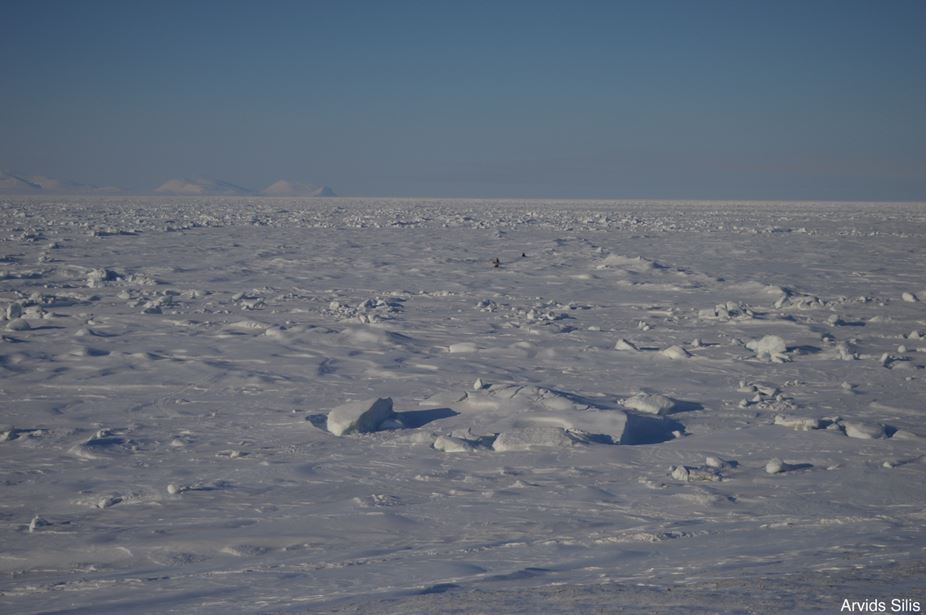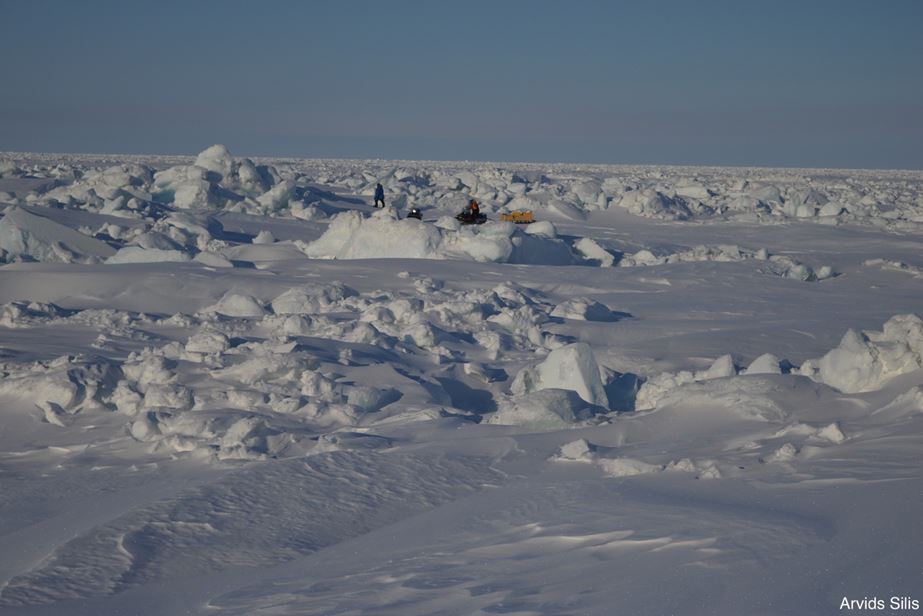Today, 10 April, the first of our aircraft, the Ken Borek Twin Otter that will be used to land on the sea ice, is scheduled to arrive at the Canadian Forces Station Alert with Christian Haas and the air crew.
The remaining science team, Jeremy Wilkinson (British Antarctic Survey; BAS) and Julienne Stroeve (University College London; UCL), Henriette Skourup (Danish Technical University, DTU), and the BAS Twin Otter are stuck in Cambridge Bay for at least part of the day due to weather; they hope to make it to Resolute Bay later today.
Josh King (Environment and Climate Change Canada; ECCC), Arvids Silis (ECCC), and I (Justin F. Beckers, University of Alberta & York University) as well as our ECCC logistics coordinator Andrew Platt arrived in Alert on Wednesday last week having left Trenton, Ontario on 4 April with an overnight stop in Thule, Greenland.
As the ‘advance’ team we have been busy unpacking, sorting, charging, preparing, and repacking equipment. We have also been busy planning and writing the survey protocols, sampling plans and site plans.

Out on the last-fast ice near Alert. (A. Silis)
On Friday, we got out on the land-fast ice near Alert, making it through some very impressive ice ridges where ice floes were jammed against the shoreline and make our way along some nice flat, smooth first year ice. We also had a look at a few multi-year old sea ice floes along the way and accessed from another point along the shore.
Josh provided me with some hands-on training for the snow micro-penetrometer, which measures the bonding force between snow grains/crystals at very high resolution and quite rapidly.

Ice ridges near Alert. (A. Silis)
I hope that Christian and the Ken Borek Twin Otter will make it to Alert today and that we will be able to start sampling tomorrow. Josh, Arvids, Andrew, and I are scheduled to depart Alert on 19 April.
Between tomorrow and then, the campaign goal is to visit 15 sites along a few ESA CryoSat orbits between Alert and 88N, 150W! We will perform a full suite of snow and ice measurements at each site. In addition, the BAS Twin Otter, and NASA’s Operation Ice Bridge will perform airborne surveys of our sites and along the CryoSat orbit. Let us hope the weather holds and allows this to happen!
Post from: Justin Beckers, University of Alberta & York University
Read more about the campaign: To the Arctic for CryoSat and beyond








Discussion: no comments